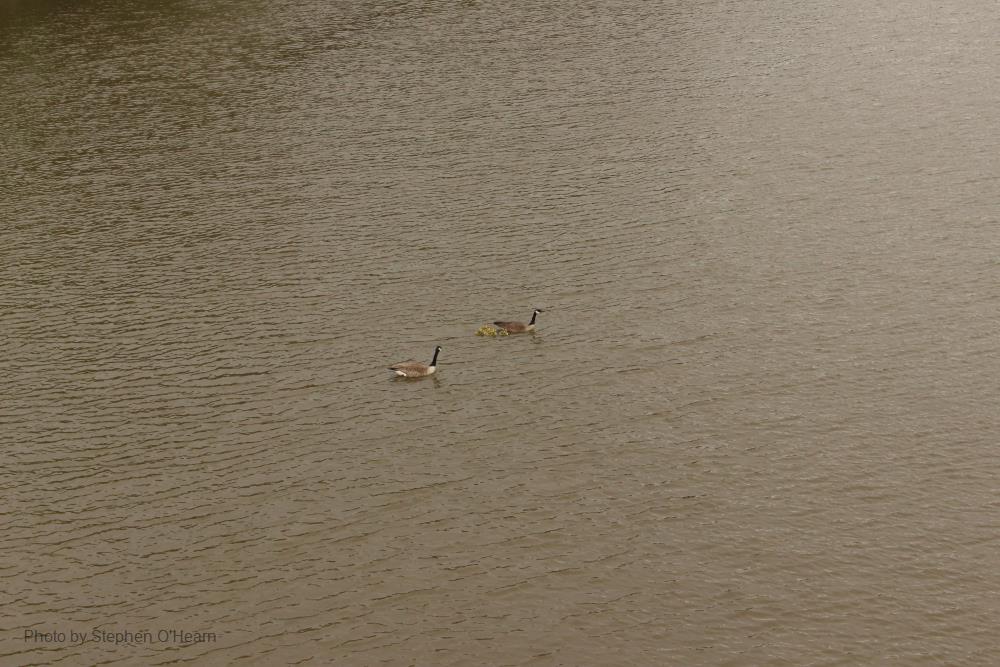
Related items loading ...
Section 1: Publication
Publication Type
Conference Presentation
Authorship
Harder Phillip, Helgason Warren, Pomeroy John W.
Title
Improved Prediction of Crop Water Use in Cold Regions Agriculture using Coupled Models
Year
2022
Publication Outlet
AOSM2022
DOI
ISBN
ISSN
Citation
Phillip Harder, Warren Helgason, John W Pomeroy (2022). Improved Prediction of Crop Water Use in Cold Regions Agriculture using Coupled Models. Proceedings of the GWF Annual Open Science Meeting, May 16-18, 2022.
Abstract
A substantial portion of Canadian agricultural production occurs in the sub-humid continental climate of the Canadian Prairies where there are unique challenges to crop production and complex crop-water interactions. A short growing season and a persistent summer moisture deficit mean that up to 50% of crop water use needs to be supplied by infiltration recharge of soil moisture from precipitation and melt of the seasonal snowpack before the growing season. The divergence in timing between soil moisture recharge and crop water use is critical for crop productivity and is expected to grow with climate warming as snowmelt occurs earlier, winter rainfall increases and summer becomes more arid. To improve understanding of this system and how it may be impacted by climate change, an extensive observation and modelling effort has been undertaken to relate cold season hydrological processes to summer crop growth. The Cold Regions Hydrological Model (CRHM) platform and AquaCropOS, a water limited crop growth model, have been coupled to create the Cold Regions Agricultural Hydrology Model (CRAHM) framework to address unique Canadian Prairie agricultural practices and hydrological processes. CRHM simulates field scale snow redistribution, sublimation, accumulation, melt, frozen and unfrozen soil infiltration and soil evaporation outside of the growing season while AquaCropOS simulates dynamic crop growth, evapotranspiration, and soil physics during the growing season. Validation of the coupled CRAHM framework is demonstrated against an extensive observational dataset collected as part of the Agricultural Water Futures Project. CRAHM can simulate and evaluate the efficacy of agricultural management practices to improve water use efficiency. A demonstration of the relationship between stubble management practices to maximize snow accumulation and consequent crop growth highlights the ability of CRAHM to inform the development of agricultural management practices to increase productivity.
Plain Language Summary
Section 2: Additional Information
Program Affiliations
Project Affiliations
Submitters
|
Phillip Harder | Submitter/Presenter | phillip.harder@usask.ca | University of Saskatchewan |
Publication Stage
N/A
Theme
Hydrology and Terrestrial Ecosystems
Presentation Format
10-minute oral presentation
Additional Information
AOSM2022 Agricultural Water Futures First Author: Phillip Harder, Centre for Hydrology, University of Saskatchewan Additional Authors: Warren Helgason, Department of Civil, Geological and Environmental Engineering , University of Saskatchewan, John W Pomeroy, Centre for Hydrology, University of Saskatchewan


 GWFNet
GWFNet Master
Master Data
Data Research
Research Map
Map
 Advanced
Advanced Tools
Tools
 . . .
. . .
 Metadata Editor
Metadata Editor
 Record List
Record List
 Alias List Editor
Alias List Editor
 Legacy sites
Legacy sites